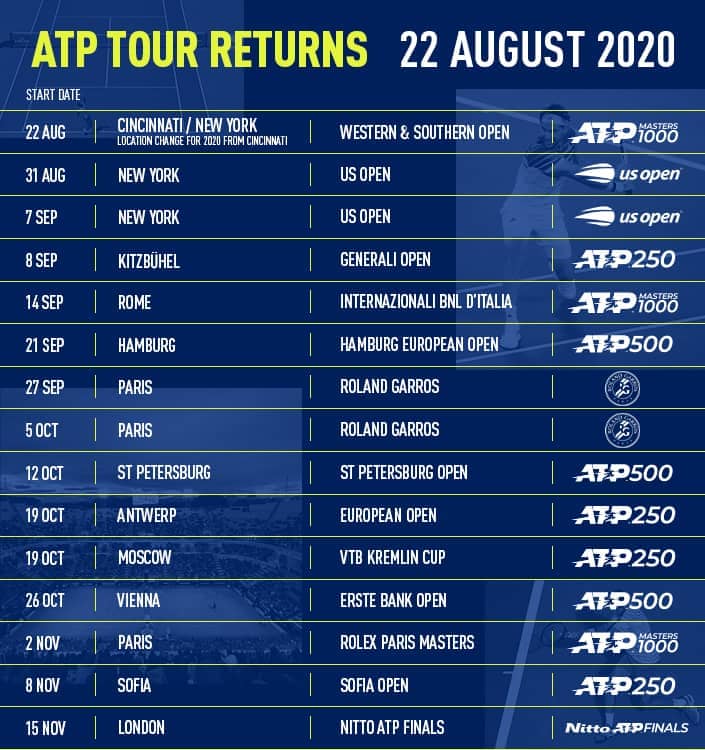Okay, so, I’ve been messing around with the ATP tennis schedule lately, and let me tell you, it’s been a wild ride. I wanted to figure out what’s the deal with how they set up these tournaments. You know, is it fair, is it crazy, what’s the story?
Started with the Basics
First off, I grabbed a bunch of data. Just went online and snagged everything I could find about the ATP schedule from the past few years. I’m talking dates, locations, the whole shebang. I dumped all this into a spreadsheet because, well, that’s just how I roll. It was a bit of a mess at first, but hey, that’s how these things start, right?

Cleaning Up the Mess
Then came the fun part—cleaning up the data. Let me tell you, it wasn’t pretty. There were missing dates, some weird formatting issues, just a lot of stuff that didn’t make sense. I spent a good chunk of time just making sure everything was consistent. This part was a bit tedious, but it’s gotta be done.
Diving into Analysis
Once the data was all shiny and clean, I started to dig in. I wanted to see how many tournaments players were playing in, how much travel was involved, and if there were any patterns that could explain why some players seem to get injured more often.
- I calculated the distances between tournament locations. Holy cow, some of these guys are flying all over the place!
- I looked at the number of matches played per player, per season. It’s a lot, let me tell you.
- I compared the schedule of top players versus lower-ranked players. There are some big differences there.
Some Cool Findings
Here’s where it gets interesting. I found that the top players, they’re playing fewer tournaments but traveling just as much, if not more. They’re really picking and choosing their battles. And the lower-ranked guys? They’re grinding it out, playing way more tournaments, trying to climb up the rankings.
What It All Means
So, what did I learn from all this? Well, the ATP schedule is tough, no doubt about it. There’s a ton of travel, a lot of matches, and it’s clear that the top players have a bit more control over their schedules. It also seems like the schedule could be a factor in injuries, but that’s a whole other can of worms that I might open up later.
This whole thing was a real eye-opener. It’s not just about hitting a ball; there’s a whole strategy behind how these players manage their year. I’m definitely going to keep digging into this because it’s just too fascinating to stop now. Plus, I’ve got a few more ideas I want to explore about how the schedule impacts player performance. Stay tuned, folks!















